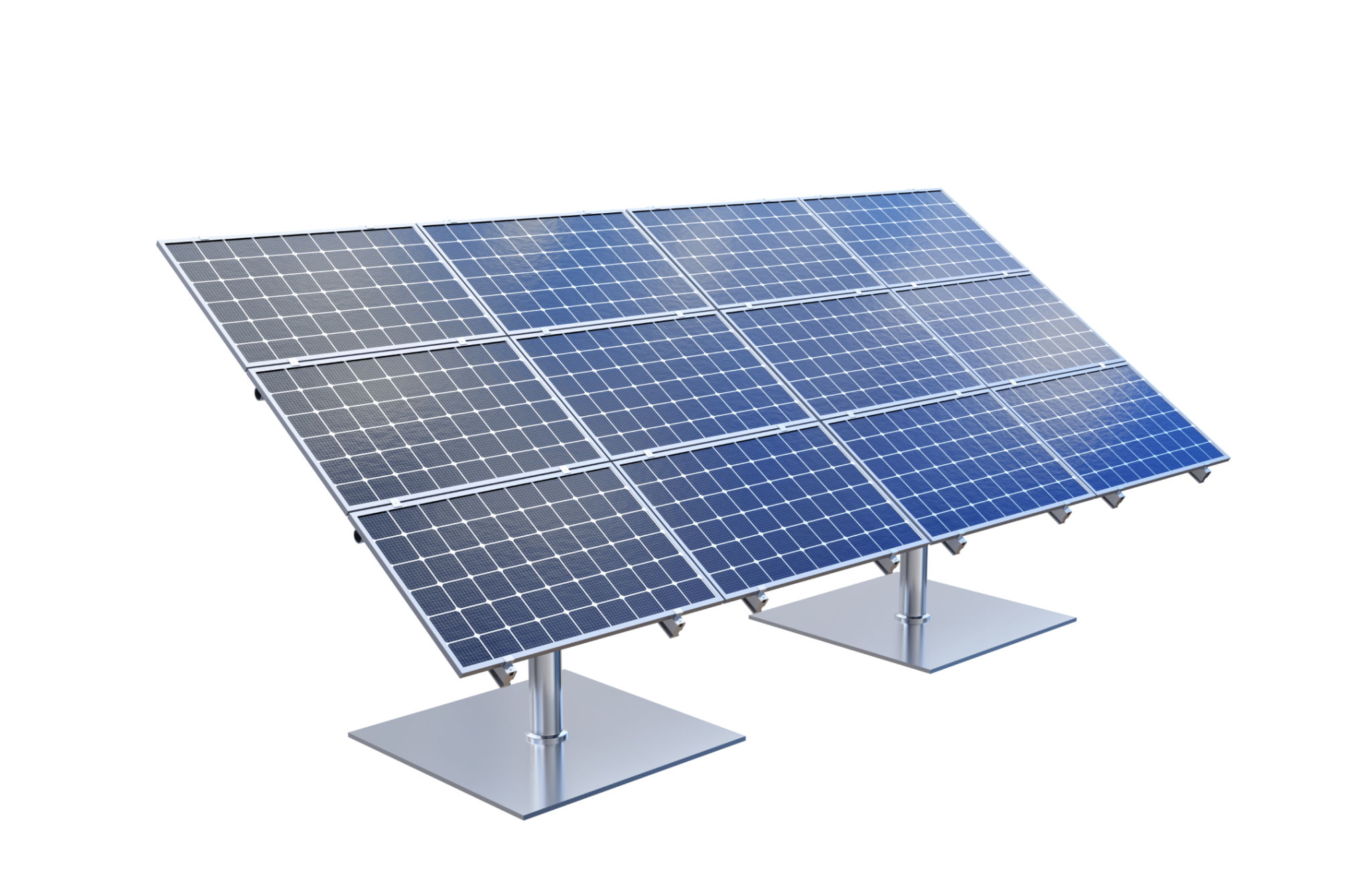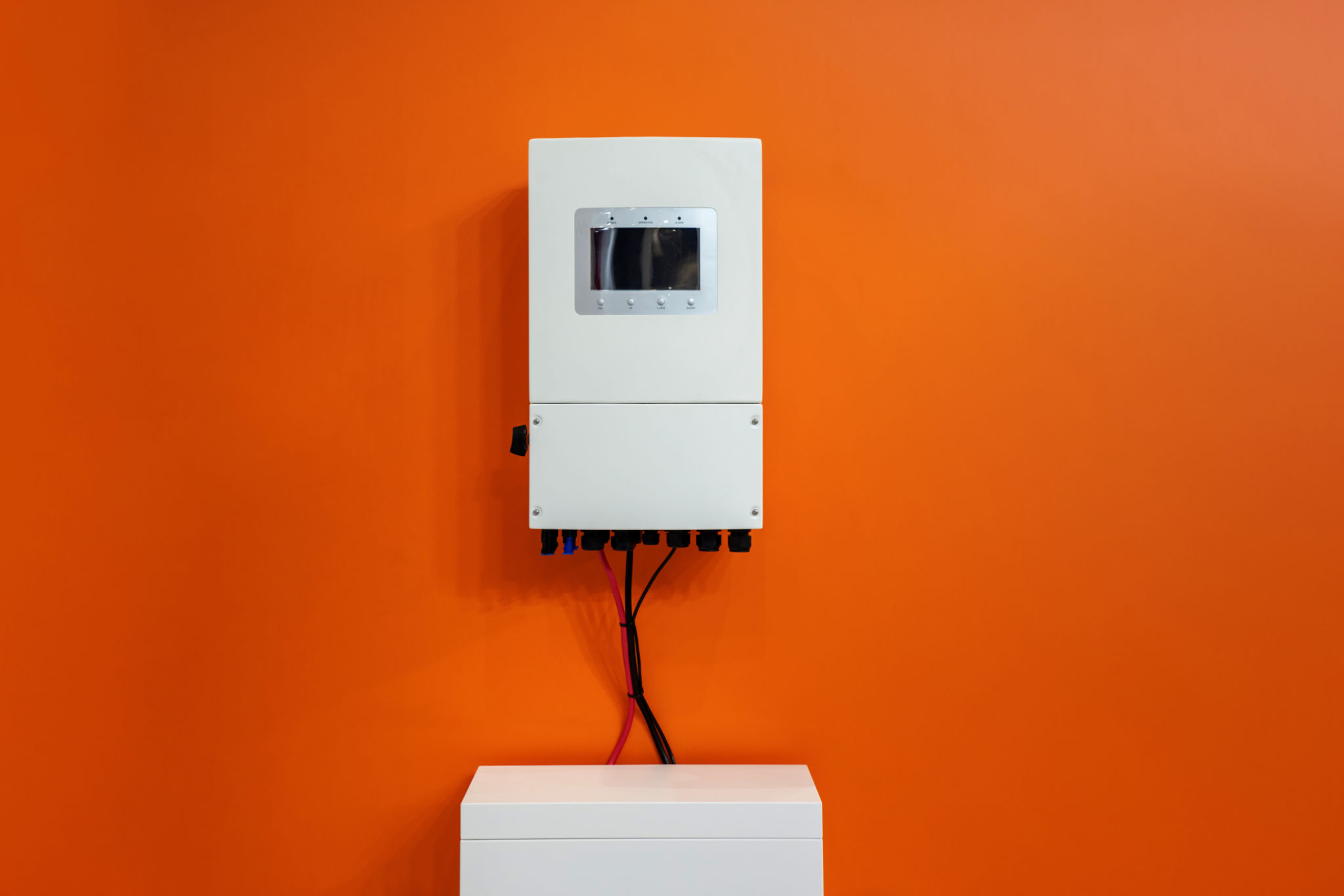How Solar Energy Works: A Beginner's Guide to Clean Power
Introduction to Solar Energy
Solar energy is transforming how we power our homes, offices, and industries. As a clean and renewable source of power, it offers a sustainable alternative to fossil fuels. But how exactly does solar energy work? This guide will walk you through the basics of harnessing sunlight to generate electricity.

The Science Behind Solar Power
At the core of solar energy technology are photovoltaic (PV) cells, which are responsible for converting sunlight into electricity. These cells are made from semiconductor materials, typically silicon, which absorb photons from sunlight. When these photons strike the PV cells, they knock electrons loose, generating an electric current.
Components of a Solar Panel System
A typical solar panel system consists of several key components:
- Solar Panels: Comprised of many PV cells, these panels capture sunlight and initiate the conversion process.
- Inverter: This device converts the direct current (DC) produced by the panels into alternating current (AC) used by most household appliances.
- Mounting System: Ensures that panels are securely fixed on rooftops or other structures.
- Batteries: Optional components for storing excess energy for later use.

How Solar Energy Powers Your Home
The electricity generated by your solar panels can be used immediately in your home, reducing your reliance on grid power. During the day, as your panels produce more electricity than you use, the surplus can be stored in batteries or fed back into the grid, depending on your setup.
Net Metering
Net metering is a system that allows homeowners to earn credits for excess electricity sent back to the grid. This means you can effectively "sell" your surplus energy and reduce your utility bills, making solar power an economically viable option.
Environmental Benefits of Solar Energy
Switching to solar energy significantly reduces your carbon footprint. Unlike conventional power sources, solar power doesn't emit harmful greenhouse gases. By using this clean energy source, you're contributing to a healthier planet and promoting sustainable living practices.

The Future of Solar Technology
As technology advances, solar energy systems are becoming more efficient and affordable. Innovations in battery storage and panel efficiency promise to make solar power even more accessible to households worldwide. Embracing solar technology not only benefits the environment but also positions you at the forefront of a growing energy revolution.
Conclusion
Understanding how solar energy works is the first step towards harnessing its potential. By investing in solar technology, you're taking a proactive role in reducing environmental impact and moving towards a sustainable future. As more individuals and businesses adopt this clean power source, the collective benefits will continue to grow, paving the way for a greener tomorrow.